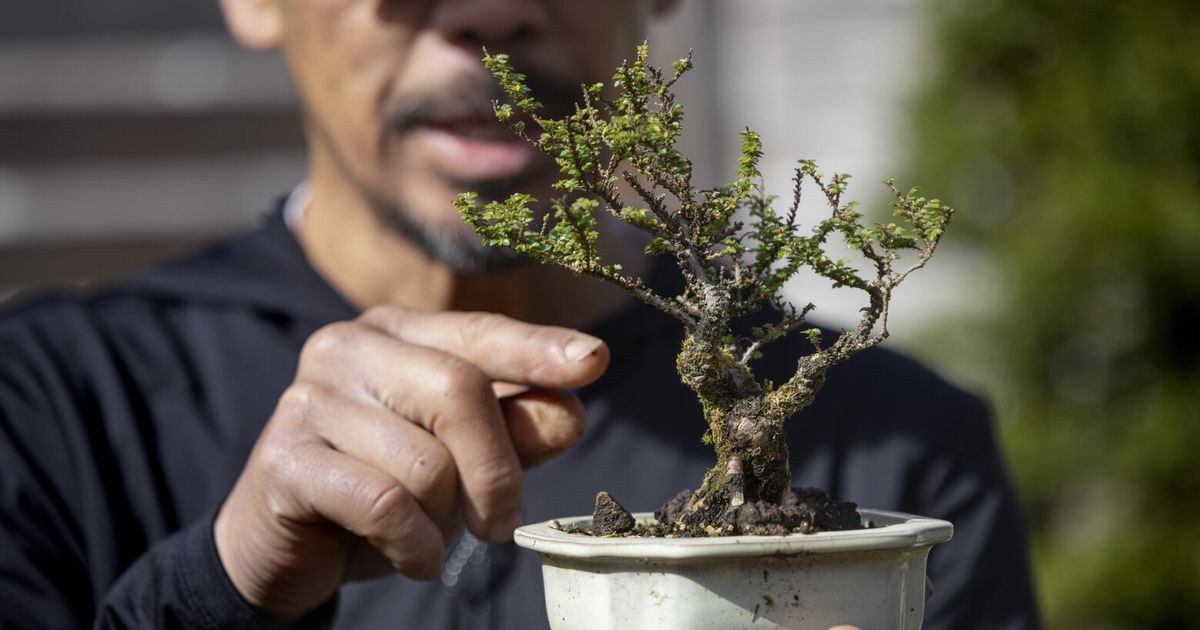MAPLE VALLEY — There are hundreds of trees in Tony Fajarillo’s backyard. Dozens of species. Deciduous, coniferous.
Tropical, temperate. Big ones, little ones. Well, mostly little ones.

Fajarillo walks among them, weaving through homemade platforms of cinder blocks and weather-treated boards, and he can’t help but stop. He’s lived with these trees for decades. They have stories, a veritable catalog of his life.
Here’s a juniper salvaged from a neighbor’s compost heap. Here’s an acacia that will need to be repotted — but not yet. “Just developing it, letting it get strong.
” Here’s a bougainvillea, brought back in his luggage from a Hawaii vacation years ago. Here’s a viburnum, really more shrub than tree, that Fajarillo saved from a client’s yard when he first started his landscaping business, 20 years ago. “But look at that trunk,” he says, with reverence.
Each tree lovingly planted, potted, trimmed, pruned, wired, sculpted, fertilized, watered, repotted, retrimmed, repruned and watered some more. Almost none are more than a few feet tall. Fajarillo is one of the preeminent bonsai practitioners in a thriving Seattle-area bonsai community, a hub of locals practicing an art form that seeks to bridge the gaps between the natural world and human creation.
They’ve all been drawn to it in different ways, but have converged on a craft where progress often takes years, if not decades, where a finished piece is never finished, and where trees become livi.























